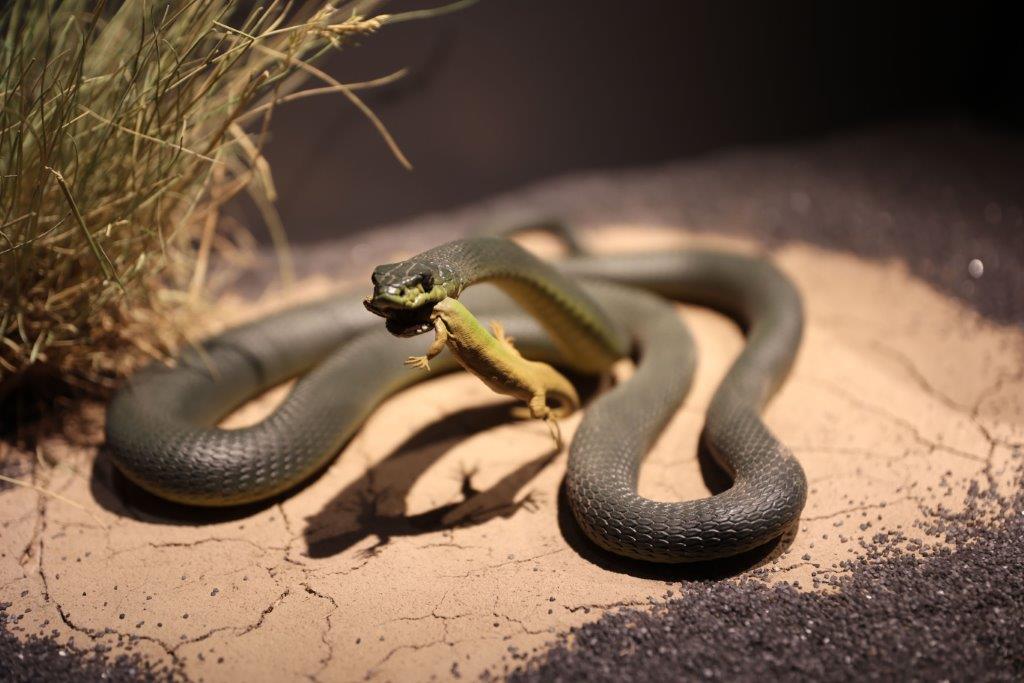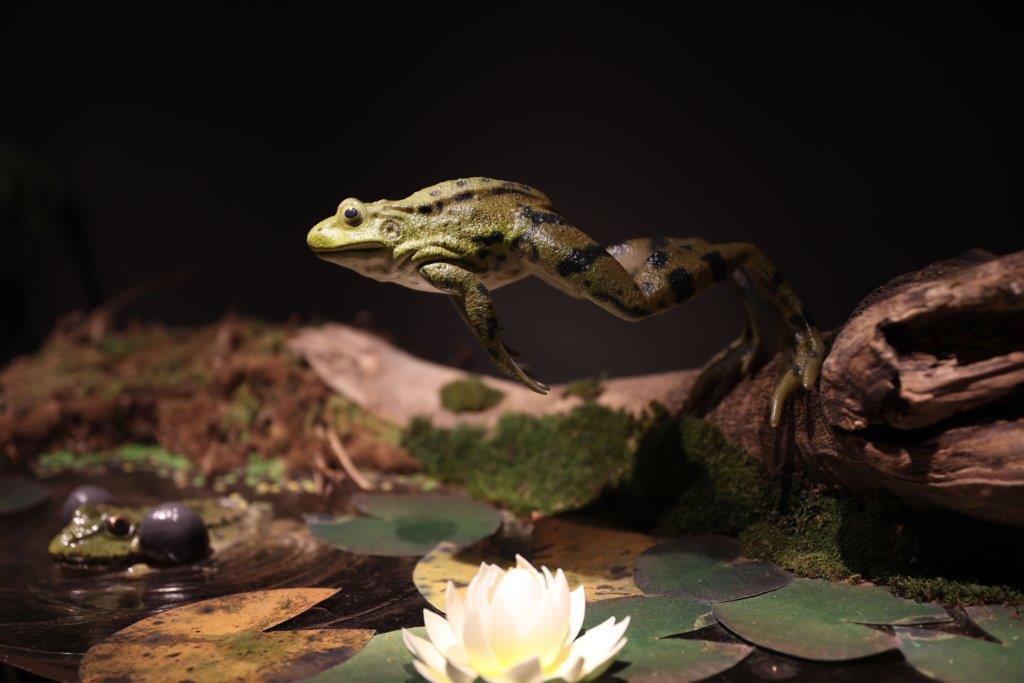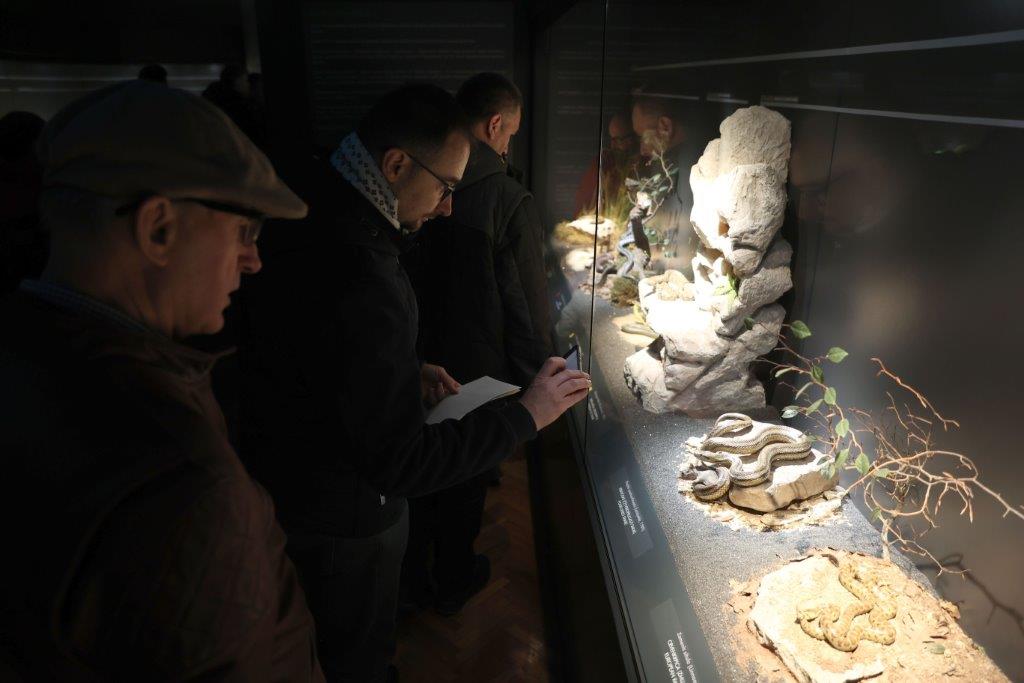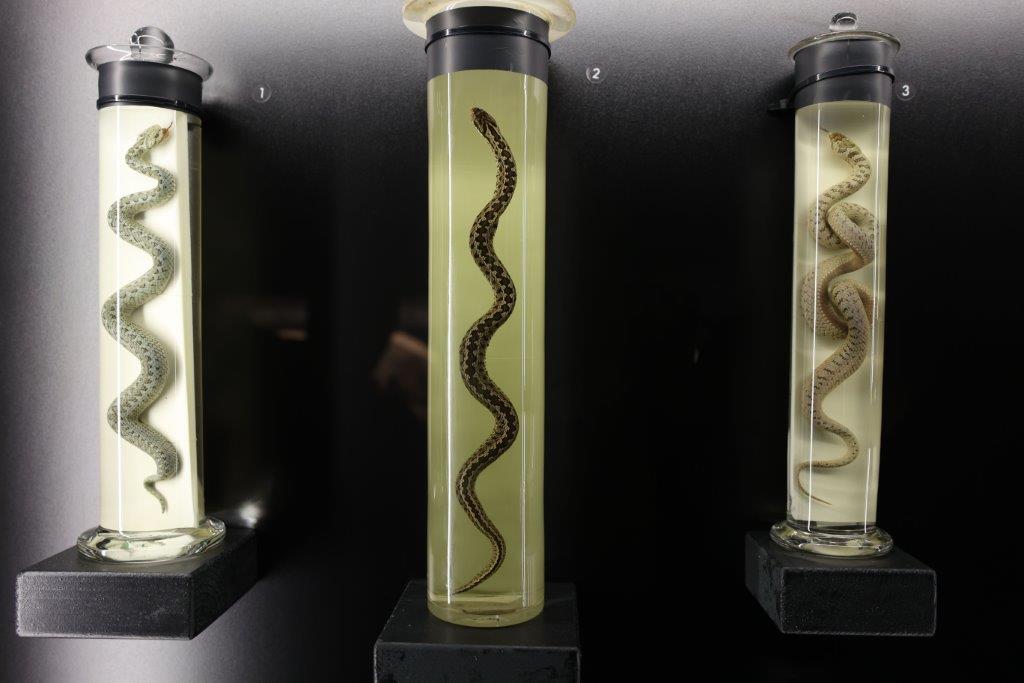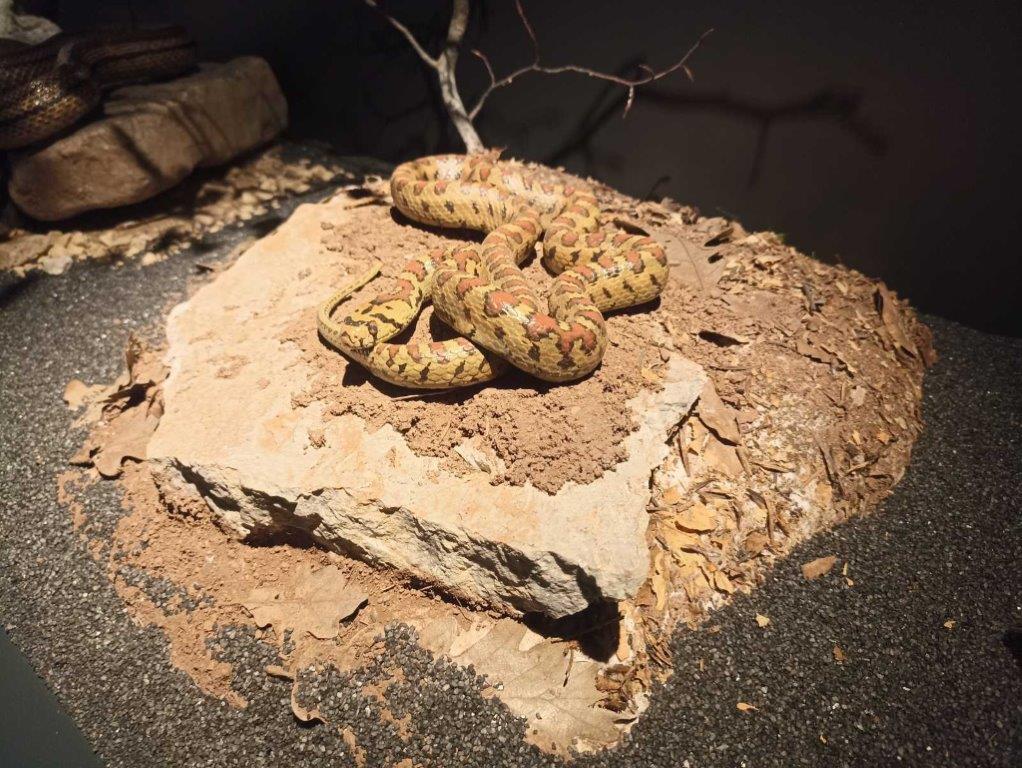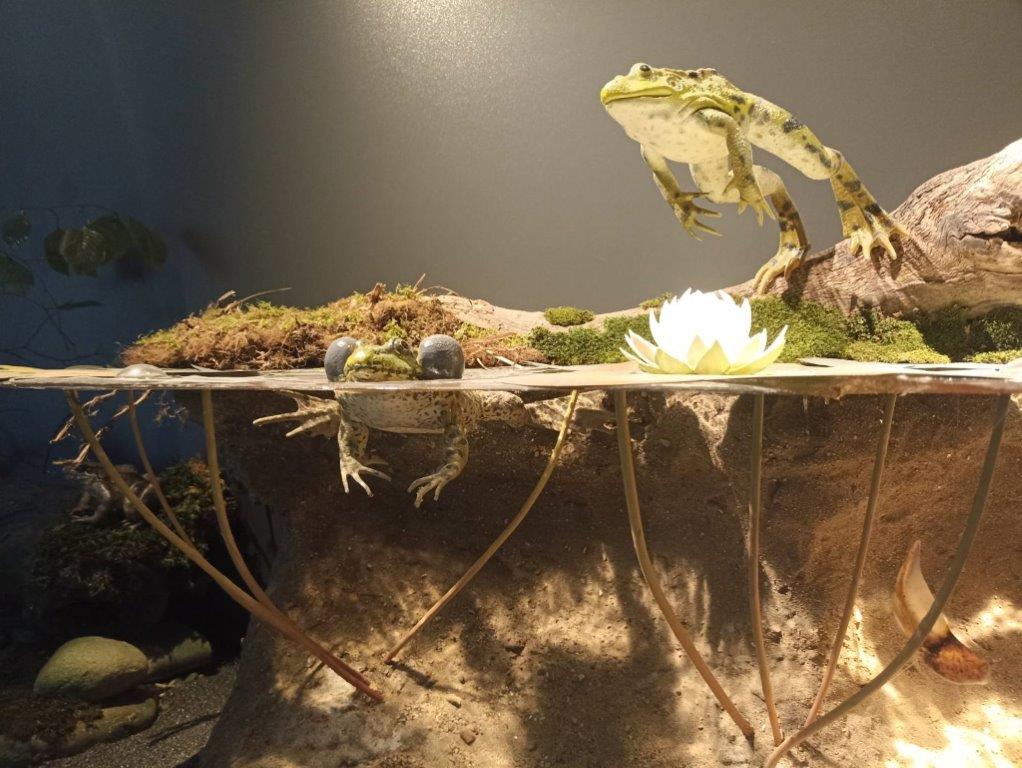Amphibians and reptiles are often overlooked heroes of our natural heritage. They fascinate us with their unique shapes, colors and behavior. The new permanent exhibition of the National Museum of Bosnia and Herzegovina “Amphibians and Reptiles of Bosnia and Herzegovina”, which was presented to the public on February 1, is the first of its kind and represents a significant step towards a complete presentation of the animal kingdom of BiH through the exhibition settings of the National Museum of Bosnia and Herzegovina.
The permanent displays of birds, mammals and fish are now complemented by our new display which will fill the gap that existed in the display of our country’s vertebrates.
Mysterious animals
The exhibition consists of about 200 different objects, scientific samples, stuffed animals and 3D models that show species in a new and completely realistic way in their natural habitats. That’s why we made an effort to present at the exhibition all types of tailed amphibians, frogs, turtles, snakes and lizards that live in BiH, that is, a total of 53 autochthonous species that we have discovered to date.
These groups of animals are by nature mysterious and rarely encountered. You will have the opportunity to see fascinating specimens of species about which little is known, such as the European vertebrate – the short-legged lizard, which weighs about one gram, or the fourth largest reptile in the world – the sea turtle, the seven-striped loggerhead, which can weigh up to one ton. In addition, you will see all types of poisonous and non-poisonous snakes in BiH, some of the most endangered European species and many endemics of the Balkan Peninsula and the Dinarides.
As a special segment of the exhibition, we set aside a display of part of the museum’s rich scientific collection, which is actually one of the largest and most important collections of amphibians and reptiles in Southeast Europe. It consists of about 10,000 scientific samples, and the most important and representative ones are presented at the exhibition.
In addition, we have included several tactile exhibits, interactive sound effects of frogs, as well as an application that visitors can use and through it learn more about the biology of each displayed species – from habitat, distribution, number, nutrition, endangerment, and other characteristics.
One of the main goals of the exhibition is to draw attention to the endangerment of our species. These sensitive creatures are a very important part of our natural heritage, but unfortunately they face many threats that are gradually leading to their extinction. Most of the species you will see are globally or regionally endangered species.
Lack of knowledge
The alteration of their habitats under the influence of man is one of the key factors of their endangerment. Desiccation of aquatic habitats, deforestation, water pollution, uncontrolled introduction of exotic fish and other species, mass construction of hydroelectric plants, use of pesticides, spread of pathogenic and fungal diseases, illegal trade in pets, and climate change are just some of the reasons why the species you will see they lose their home at the exhibition.
Also, with the exhibition, we want to draw attention to the lack of knowledge about these animals, especially snakes. Due to human prejudice and fear, snakes are often misunderstood and mistreated. With the exhibition, we want to promote the importance of education about these species and remove misconceptions and myths that accompany them. Snakes, as well as other exposed species, play an important role in maintaining the balance in nature and their understanding is crucial for the functioning of the biosphere.
Author: Adnan Zimić, curator of the National Museum of Bosnia and Herzegovina


